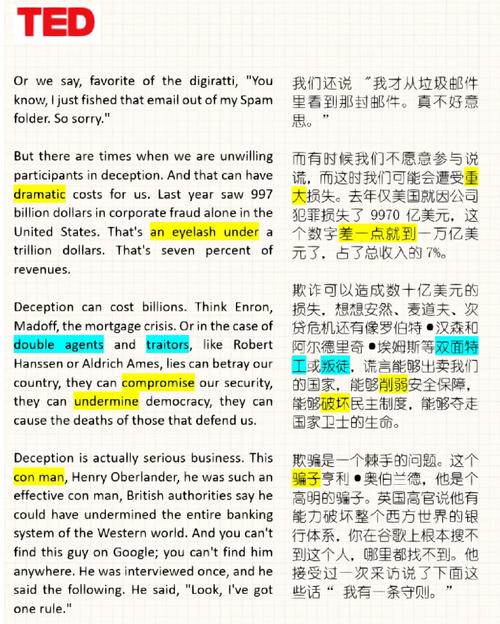How to Extract: A Comprehensive Guide
Whether you’re looking to extract information from a document, data from a database, or even the essence of a concept, the process of extraction is a fundamental skill in today’s digital age. This guide will walk you through the various methods and tools available for extraction, ensuring you can tackle any extraction task with confidence.
Understanding Extraction
Extraction is the process of identifying and isolating specific pieces of information from a larger dataset or source. This can range from simple tasks like copying text from a webpage to complex operations like parsing financial data from a PDF. Understanding the nature of the data you’re working with is crucial to choosing the right extraction method.
Manual Extraction
For small-scale or one-off tasks, manual extraction might be the simplest approach. Here’s how you can do it:
-
Identify the source: Determine where the information is located, whether it’s a physical document, a digital file, or an online resource.
-
Use basic tools: For physical documents, a scanner and OCR (Optical Character Recognition) software can be helpful. For digital files, simple copy-paste operations might suffice.
-
Review and edit: Once you’ve extracted the information, review it for accuracy and make any necessary edits.

Automated Extraction
For larger or more frequent tasks, automated extraction is the way to go. Here are some common methods:
Text Extraction
Text extraction involves isolating text from images, PDFs, or other non-text sources. Here are some tools and techniques:
-
OCR Software: Tools like Adobe Acrobat Pro, ABBYY FineReader, and Tesseract OCR can convert images and scanned documents into editable text.
-
Online OCR Services: Websites like OnlineOCR.net and FreeOCR.com offer free OCR services that can be accessed from any device with an internet connection.
-
PDF Extraction: PDFs can be converted to text using Adobe Acrobat Pro or other PDF editing tools. Alternatively, online services like Smallpdf and iLovePDF offer free conversion options.
Data Extraction
Data extraction involves retrieving specific data from databases, spreadsheets, or other structured sources. Here are some common methods:
-
SQL Queries: Structured Query Language (SQL) is a powerful tool for extracting data from relational databases. By writing specific queries, you can retrieve the exact information you need.
-
ETL Tools: Extract, Transform, Load (ETL) tools like Talend, Informatica, and Pentaho can automate the process of extracting data from various sources, transforming it into a desired format, and loading it into a target database.
-
APIs: Many online services and databases offer APIs (Application Programming Interfaces) that allow you to extract data programmatically. This is particularly useful for integrating data from different sources into a single application.
Concept Extraction
Concept extraction involves identifying and isolating key concepts or themes from a text. This is useful for tasks like sentiment analysis, topic modeling, and keyword extraction. Here are some tools and techniques:
-
Natural Language Processing (NLP) Libraries: Libraries like NLTK, spaCy, and Stanford NLP provide functions for keyword extraction, sentiment analysis, and other NLP tasks.
-
Machine Learning Models: Pre-trained machine learning models like BERT and GPT can be fine-tuned for specific tasks like concept extraction.
-
Online Tools: Websites like Text Analyzer and Keyword Tool offer free tools for keyword extraction and concept analysis.
Best Practices
When extracting information, it’s important to keep the following best practices in mind:
-
Accuracy: Always verify the accuracy of the extracted information, especially if it will be used for critical decisions or analyses.
-
Consistency: Ensure that the extraction process is consistent across all tasks to maintain uniformity in the results.
-
Efficiency: Choose the most efficient method for your specific task to save time and resources.
-
Security: Be mindful of the security and privacy implications of extracting information, especially


